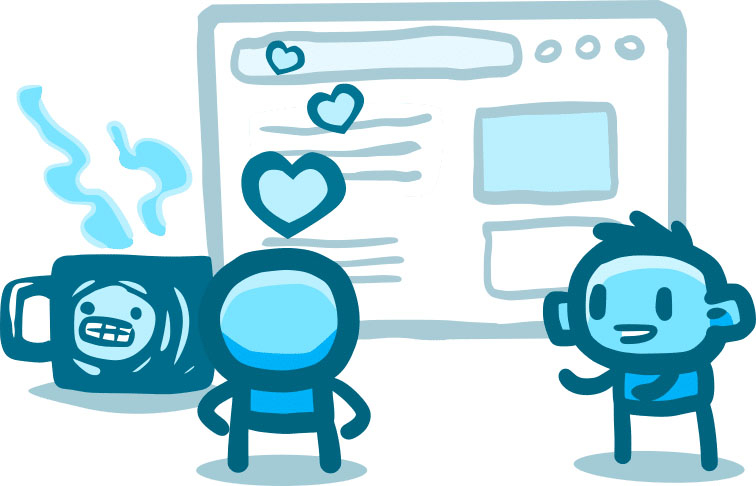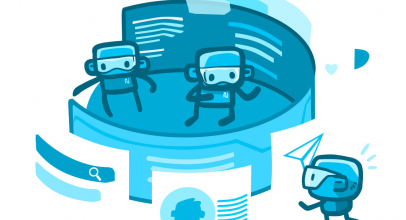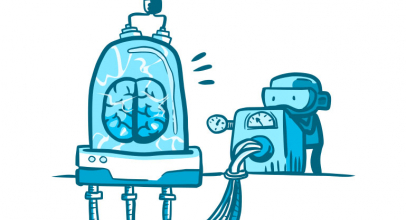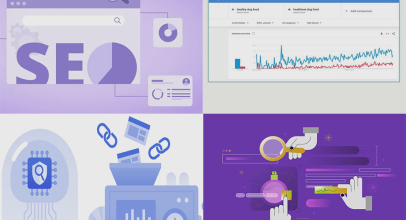Creating your own online store is a step towards scaling your company and selling products not only locally in your city or region but also worldwide.
When you order website development, it is important to understand the process to control the situation and be confident in the result. It all starts with an idea and ends with a successful, ready-to-launch project. But what happens in between?
Creating a Project Specification
A project specification is a clearly defined document that minimizes the gap between expectations and reality. In other words, it allows for a precise description of what will be the final outcome and how the project will be implemented. The specification minimizes conflicting situations as both parties adhere to the documented guidelines.
It should encompass all necessary information, including:
- Requirements for the project's visual design.
- Functional requirements (description of the target audience, tasks the project should address, technical management requirements, etc.).
- General terms and collaboration specifics.
- Requirements for software and technical implementation.
- Project delivery conditions.
For specific tasks, a brief may be created. This supplementary document includes a set of questions designed to help the executor understand how to approach the given task.
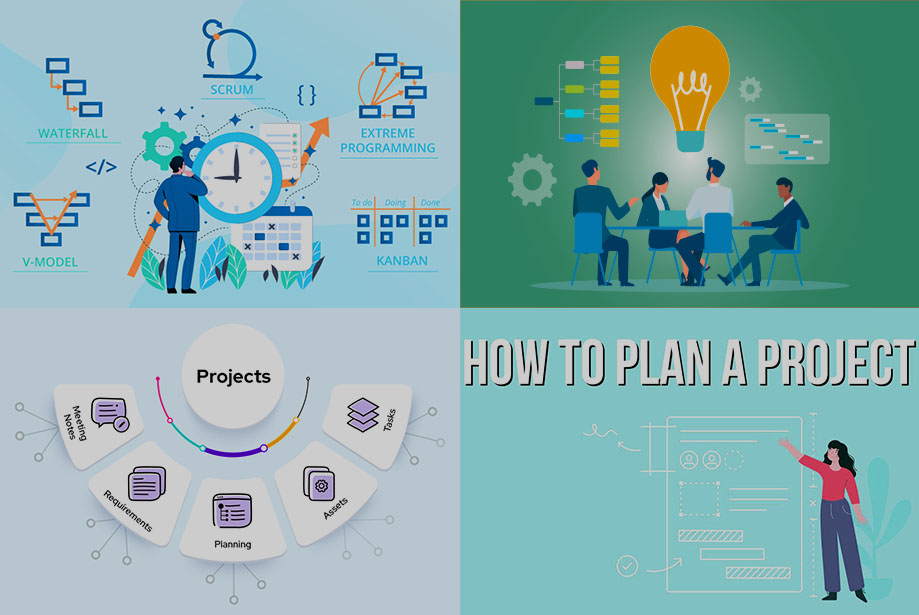
Marketing Research and Strategy
At this stage of creating an online store, strategic tasks are being addressed. The final outcome depends on marketing research, and the client actively participates in the process. It's essential to thoroughly examine all information about the company:
Product Analysis: This preparatory stage involves the developer immersing themselves in the client's domain, studying the specifics of the product or service. Trend Analysis: Global and local trend analysis is conducted to position the product or service in the market effectively. Competitor Analysis: A detailed analysis of competitors is performed, including their interactions with the target audience and the formation of a Unique Selling Proposition (USP). This helps in making the online store more efficient. Defining the Target Audience (TA): The success of the business depends on understanding the target audience.
The goal of the online store is to reach its TA. Subsequently, a customer profile is created, identifying behavioral characteristics, problems, tasks, motivation, and other factors that provide a detailed understanding of how the buyer will behave.
Following this, a marketing strategy is developed, and subsequent stages of work are carried out based on this strategy.
Prototyping and Design
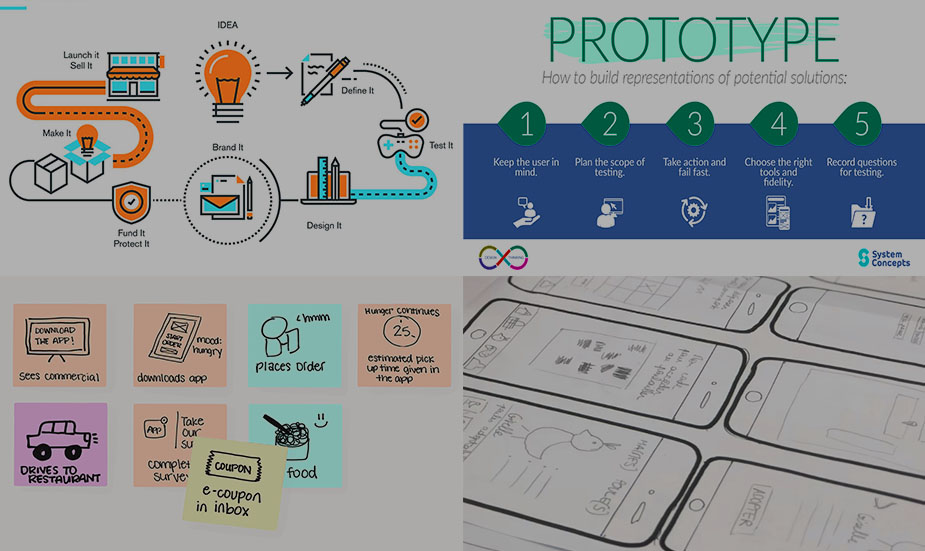
The development of the store's design begins with a detailed elaboration of the website's structure, functionality, and display on various devices. The better the prototype is constructed, the faster and higher quality its implementation will be.
A group of designers conceptualizes the design, considering modern development trends, project aesthetics, brand colors, and elements. This enables:
- Clearly visualizing the website's structure for programmers.
- Thoroughly working on navigational elements and considering design display on mobile devices.
- Defining interactions between the visitor and the online store.
The prototype can be graphical in the form of diagrams, drawings, and plans, as well as interactive. The latter allows the user to assess interactions with elements and determine if the website suits their needs.
The development of UX/UI design for the store includes envisioning the main page, internal site pages, and other elements. The subsequent steps in creating the project are technical, enabling the transformation of the project's image and layout into a functional website.
Programming and Front-End Development
Programmers begin by converting the design into a static HTML format. They create the main page, catalog, product cards, store sections, order forms, and other elements of the online store.
An administrative panel is developed to perform the tasks outlined in the brief. In the case of an online store, this involves implementing functions such as adding products, managing product groups, and so on.
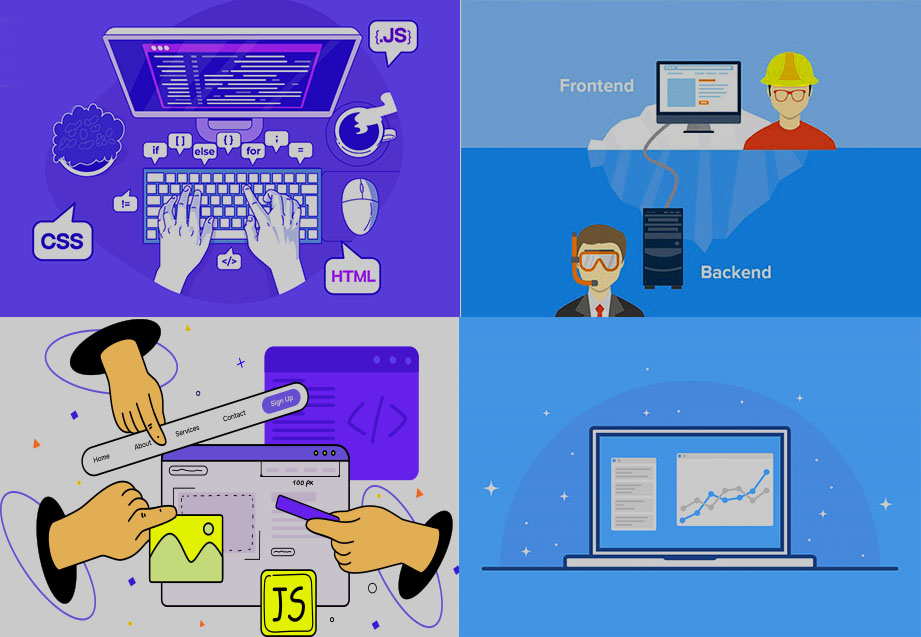
Despite this stage seeming relatively quick, it takes the most time to complete the project. Programmers must meticulously document everything to avoid technical errors. That's why it's crucial to have a clear project specification, which helps developers understand the structure and requirements.
Content Creation
The content team, comprised of content managers and copywriters, is responsible for content creation. The copywriter generates the textual material, while the content manager publishes it. In addition to text, content can include images and videos.
This stage can run in parallel with other steps of the development process. The key is to assign the right tasks to the performers. Thanks to concurrent task execution, errors and discrepancies can be identified (e.g., incorrect display of images, text misalignment, etc.).
Quality content makes the store look complete and attracts more customers.
Product descriptions highlight the features and applications of the products. High-quality images help visitors familiarize themselves with the products. Descriptions of sections provide users with information about brands. Good content helps the store in selling its products.
Testing
At this stage of creating the online store, both minor errors and significant violations can be identified. A QA specialist creates a testing plan and utilizes checklists to clearly identify errors. The testing involves checking both technical compliance and the correct functioning of the website, as well as visual perception and adherence to the requirements of the project specification.
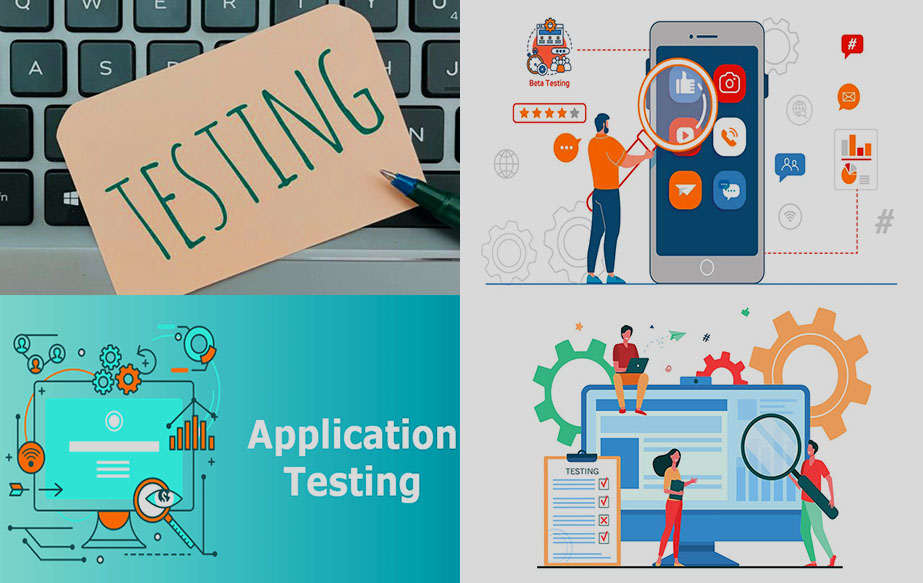
Testing is necessary for the following purposes:
- Checking the display of the online store on all devices specified in the project specification.
- Verifying display in all browsers and available operating systems.
- Compliance with the parameters specified in the project specification (site loading speed, performance, etc.).
- Analyzing the user's functional behavior (whether it aligns with the tasks set during design development).
- Usability testing.
- Monitoring the operation of third-party services (CRM integration).
- Identifying technical errors.
During the testing phase, a bug report is created, listing the encountered errors. These errors can be critical, affecting the main functionality and operability of the site, or minor. In the latter case, recommendations and suggestions are provided to further enhance the site.
Domain and Hosting Selection
Once the website is technically ready and has passed the testing phase, it's time to upload it to the main domain. Prior to this, preparations for the project launch are made, during which a group of individuals simulates actions of real users. If everything is satisfactory, the project is fully prepared for launch.
The developer is responsible for hosting the website. The client can choose the hosting if they have specific preferences. However, the company can assist in selecting a reliable and tested hosting provider. Before uploading the site, a final check is conducted, temporary files are removed, and the database is cleaned. The indexing of the site is verified, and analytics systems are connected.
Choosing a domain name is a crucial process. The client is responsible for this, as they need to come up with a name for their website. The development team can assist with this, and everything is carefully considered during the conceptual and design stages. The name is important for the positioning of the website. After registering the domain and uploading the resource to the hosting, the project is ready for full operation.
Integration of Additional Services
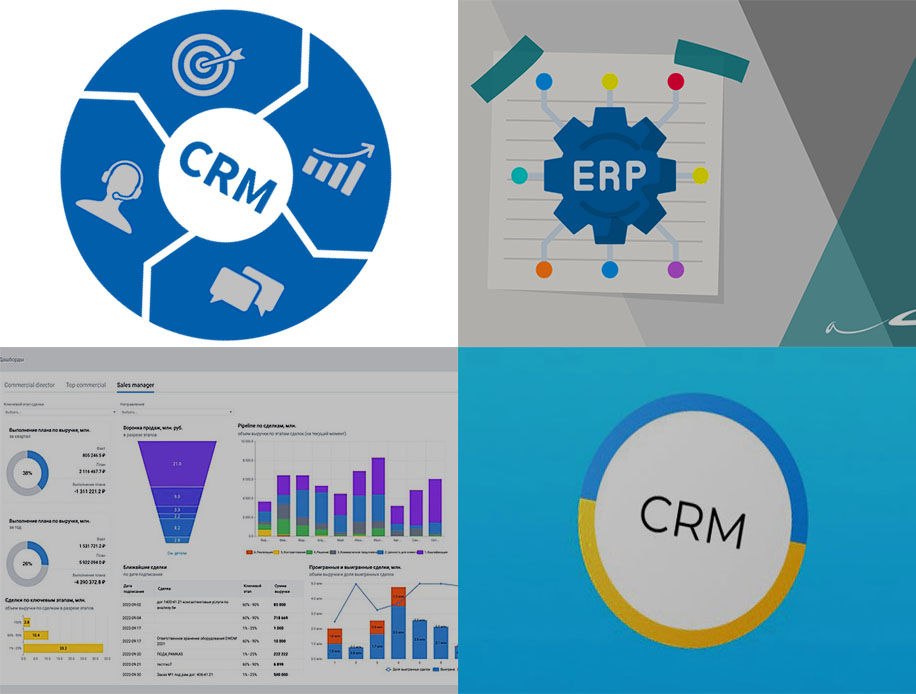
Often, an online store requires the integration of third-party services and additional features. These may include security systems to protect against hacking and viruses, monitoring and accounting systems (CRM), integration of IP telephony, and additional technologies.
If these services were discussed during the creation of the online store, they are integrated immediately.
However, sometimes the client decides to use them in the future. This isn't a problem; such a service is discussed separately, and all necessary third-party services are integrated.
They are tested for functionality, compliance, and efficiency. Additional services significantly streamline the operation of the store, making it more efficient and convenient. Our manager provides consultations during the development planning stage, offering a set of necessary third-party services.

